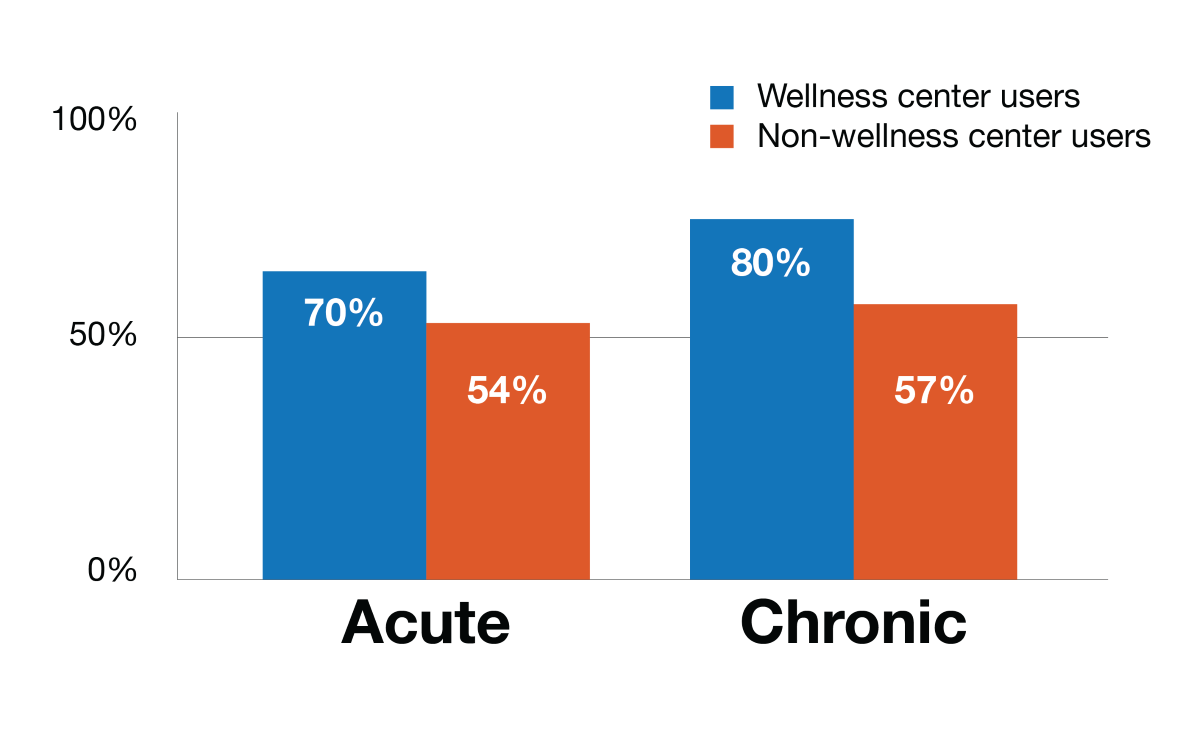How Evidence-Based Medicine Improves Member Care at Premise Health Centers
What is it
In recent years, the medical community has accepted evidence-based medicine (EBM) as the judicious use of prevailing facts to make decisions about the care of individual members. The goal is to improve healthcare outcomes and eliminate overspending on unnecessary diagnostics and treatment options. It is primarily based on five well-defined steps: asking focused questions, finding the evidence, appraising critically, determining a course of action, and evaluating performance.
EBM requires spending more time with the member for education, managing expectations, and monitoring care. However, the ROI shows that it is time well spent by reducing the risks of heart disease, amputations, or other related effects of chronic diseases. When there is less variation in diagnosis, the treatment improves member safety.
The Premise Health Difference
Premise Health follows 150 EBM guidelines in an effort to improve the quality of its care. Clients choose Premise Health because our adherence to EBM guidelines improves compliance.
In Practice
In a selected case study, Premise Health managed to increase the EBM compliance rate of wellness center users for acute and chronic conditions. When managing acute conditions such as bronchitis and low back pain, wellness center users were on average 16% more compliant than non-users over a three year period. For chronic conditions such as diabetes, asthma, and elevated cholesterol, wellness center users were on average 23% more compliant than non-users over a three year period.

Selected case study
Onsite wellness center users are showing better community resource utilization that non-wellness center users.
- ER Visits decreased by 5%
- Inpatient Admissions decreased by 45%
- Inpatient Hospital Days decreased by 23%
Selected case study; per 1,000 non-wellness center users


